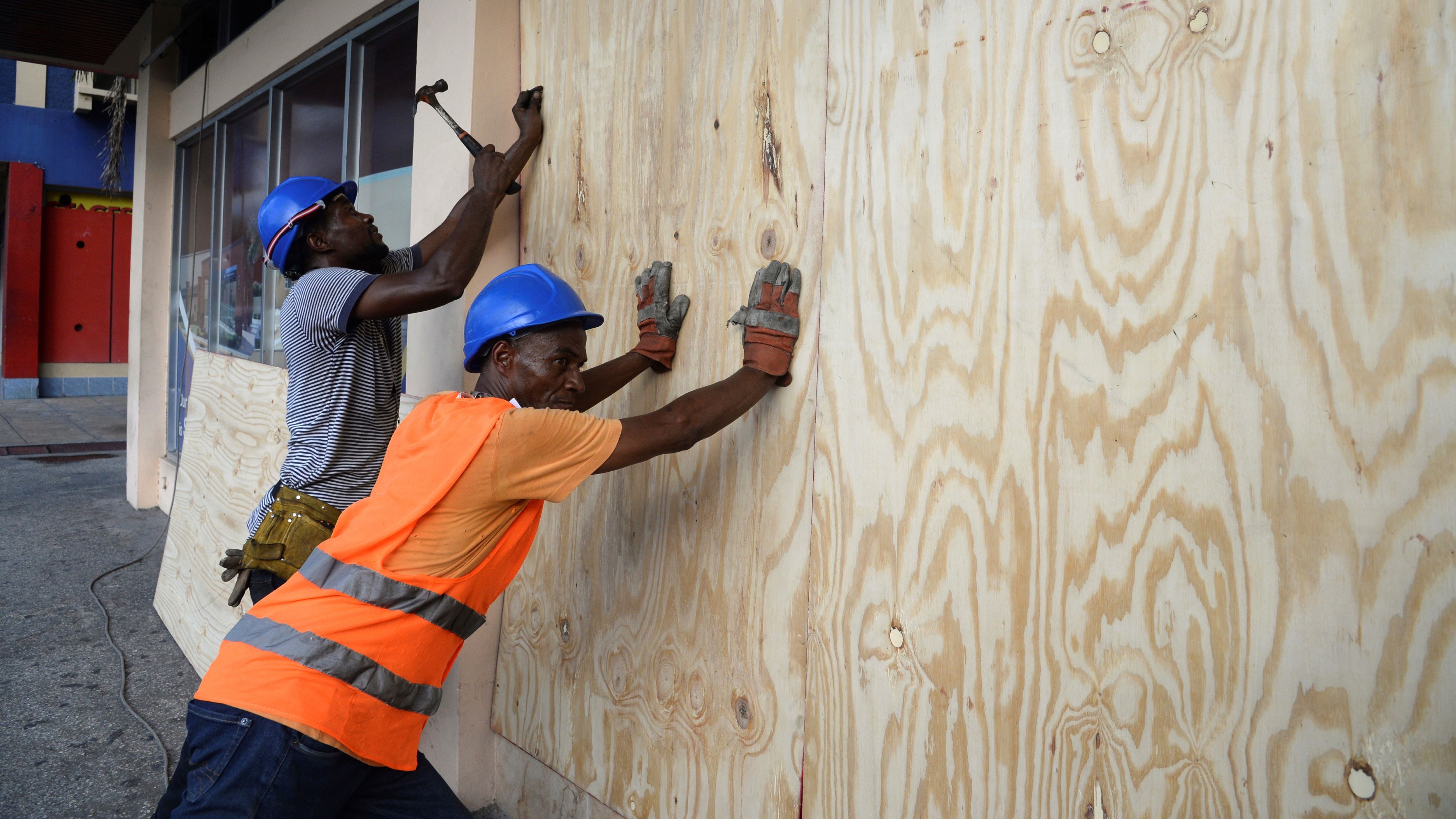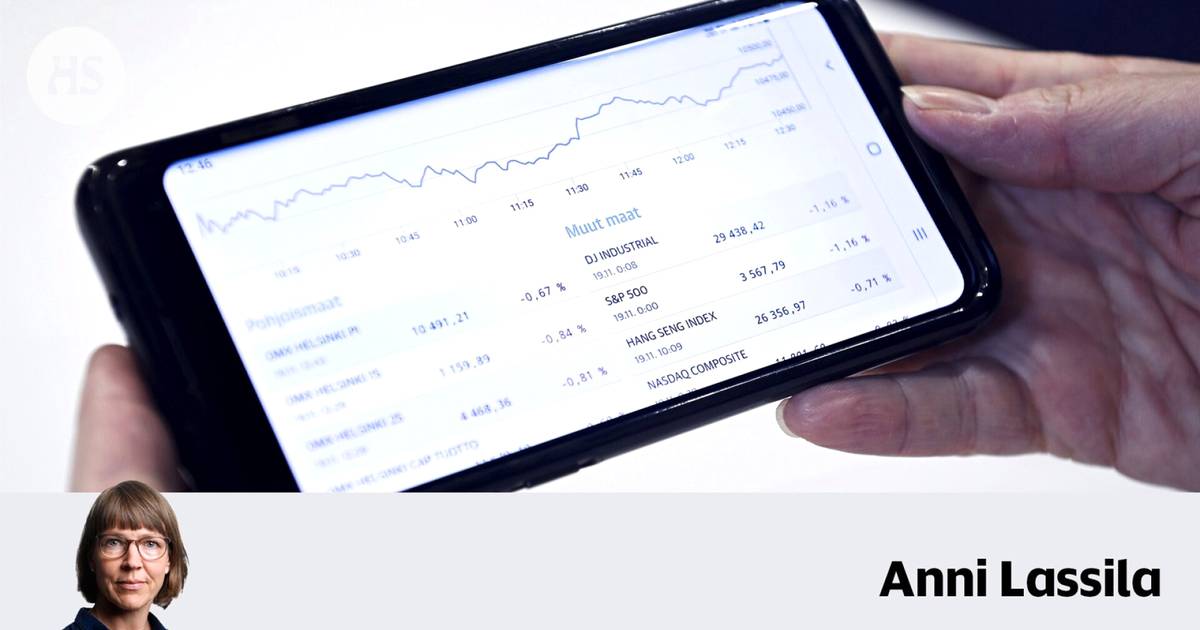Jamaica’s rapid economic growth in recent years has been met with mixed reactions, as some attribute it to effective policymaking and a supportive political environment, while others see it as a miracle. However, it could also be argued that this growth came at the expense of preparing for the effects of climate change, which continues to pose risks to important sectors like agriculture and tourism.
Throughout the 1970s, Jamaica struggled with chronic budget deficits, exacerbated by external events such as the 1973 oil price shock. This led to a recession and devaluation, resulting in increased borrowing for critical imports. By the 1980s, debt service payments exceeded exports, forcing Jamaica to seek bailout loans from the IMF and World Bank. These loans came with harsh austerity measures that led to cuts in public sector employment and public investment.
Despite these challenges, Jamaica’s economy continued to struggle, with growth rates steadily declining and government debt reaching alarming levels by 2012. Youth unemployment was also high, leading to concerns about the nation’s viability as a state. Finance Minister Peter Phillips warned in 2013 about the survival of Jamaica as a viable nation-state if drastic measures were not taken.


